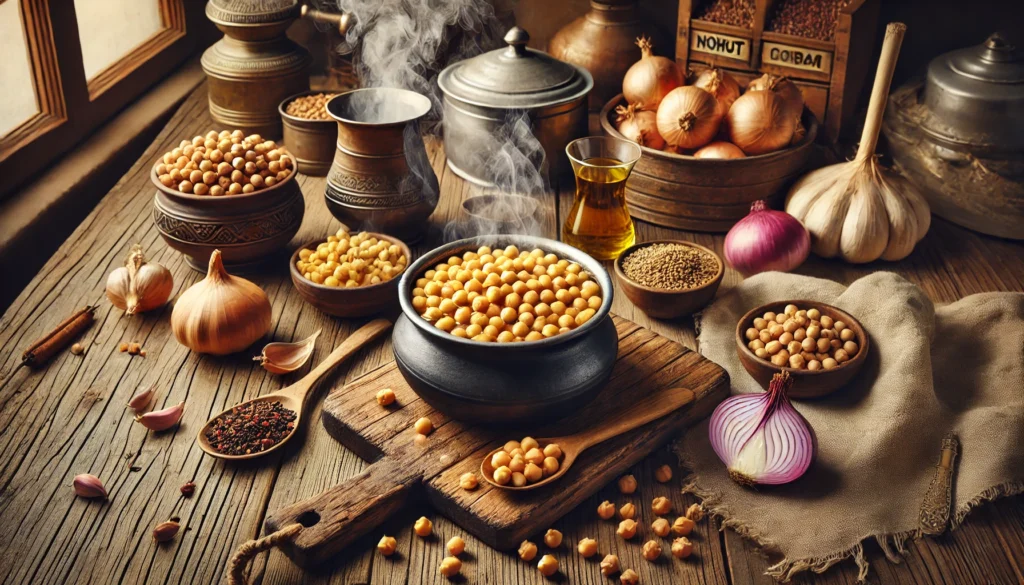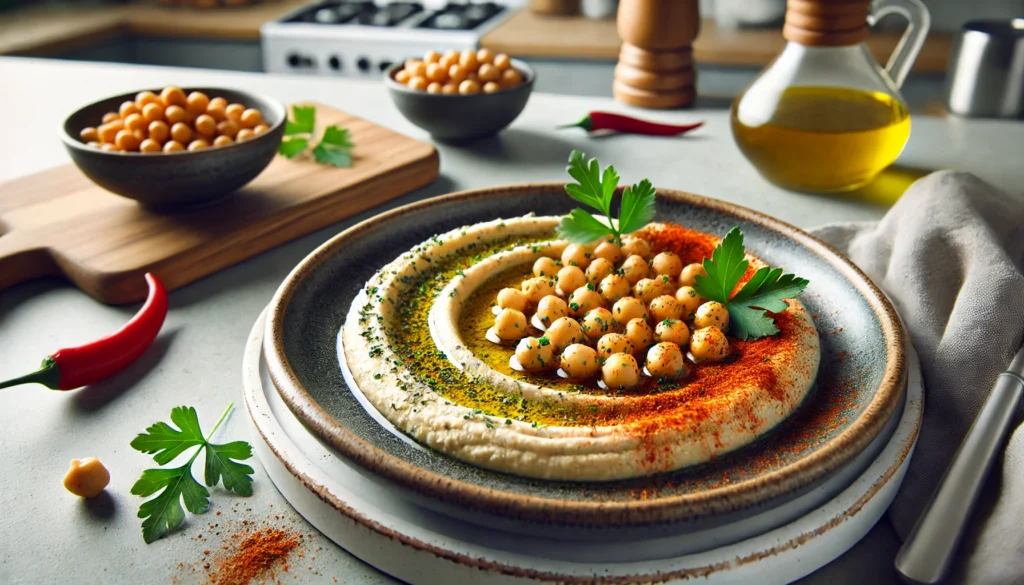Çeciir: The Ultimate Guide to Chickpea Cuisine, Nutrition, and Recipes

Chickpeas, known as “çeciir” in Turkish, have been an essential part of global cuisine for centuries. Whether you’re a seasoned chef or a home cook, çeciir offers versatility, nutrition, and flavor to elevate any dish. This guide dives into the rich cultural history of çeciir, explores its health benefits, and provides detailed recipes and cooking tips to help you incorporate this superfood into your meals.
What is Çeciir?
Çeciir is the Turkish term for chickpeas, a legume that has been cultivated for thousands of years. With its nutty flavor and creamy texture, çeciir is a cornerstone of Turkish cuisine and a favorite ingredient worldwide. The term “çeciir” also symbolizes its importance as a staple food in Turkish culture, often associated with comfort and nourishment.
The History of Çeciir
Origins and Ancient Uses
Chickpeas have been traced back to the Neolithic period, originating in the Fertile Crescent. They quickly spread to Europe, Asia, and Africa through trade and conquest. Ancient civilizations such as the Egyptians and Romans valued chickpeas for their nutritional benefits and adaptability, using them in stews, bread, and even medicinal remedies.
Çeciir in Turkish Cuisine
In Turkey, çeciir holds a special place in culinary traditions. From the iconic “nohut yemeği” (chickpea stew) to snacks like roasted chickpeas, çeciir has been a versatile ingredient cherished across generations. Turkish folklore and proverbs often reference chickpeas, further solidifying their cultural significance.
Nutritional Benefits of Çeciir
Packed with Nutrients
Çeciir is a nutritional powerhouse. One cup of cooked chickpeas provides:
| Nutrient | Amount |
|---|---|
| Protein | 15g |
| Fiber | 12g |
| Iron | 4.7mg |
| Magnesium | 78mg |
| Folate | 282mcg |
This combination of protein, fiber, and essential vitamins makes çeciir a great choice for maintaining heart health, supporting digestion, and managing weight.
Comparisons with Other Legumes
Compared to lentils and beans, çeciir stands out for its creamy texture and ability to blend seamlessly into both savory and sweet dishes. Its lower glycemic index also makes it suitable for people managing diabetes.
Cooking with Çeciir
Traditional Turkish Recipes
Nohut Yemeği (Çeciir Stew)
This hearty dish combines chickpeas with onions, garlic, tomato paste, and spices like cumin and paprika. Simmered to perfection, it’s often served with rice or crusty bread.
Ingredients:
- 2 cups dried çeciir
- 1 onion, diced
- 2 cloves garlic, minced
- 2 tbsp tomato paste
- 4 cups vegetable broth
- 1 tsp cumin, 1 tsp red pepper flakes
Steps:
- Soak the chickpeas overnight and cook until tender.
- Sauté onions and garlic in olive oil, add tomato paste and spices.
- Combine with chickpeas and broth, simmer for 30 minutes.
Çeciir Pancakes
Mix çeciir flour with water, spices, and herbs to create savory pancakes. Perfect as a snack or appetizer.
Modern Applications
Çeciir’s versatility makes it a star in modern cooking. From creamy hummus to gluten-free chickpea pasta, çeciir adapts beautifully to contemporary dietary trends.
Sustainability of Çeciir
Environmental Benefits
Chickpeas are a sustainable crop, requiring less water than other legumes and enriching soil through nitrogen fixation. They are an eco-friendly choice for conscientious eaters.
Supporting Ethical Practices
By choosing fair-trade or locally sourced çeciir, you support sustainable farming and local economies.
FAQs About Çeciir
1. Can I eat raw çeciir?
Raw chickpeas contain anti-nutrients and are hard to digest. Cooking or sprouting is recommended to unlock their full nutritional potential.
2. How do I store cooked çeciir?
Cooked chickpeas can be refrigerated for up to 5 days in an airtight container or frozen for up to 3 months.
3. Are chickpeas gluten-free?
Yes, chickpeas are naturally gluten-free, making them a safe choice for those with celiac disease or gluten sensitivities.
4. What is aquafaba?
Aquafaba is the liquid from cooked or canned chickpeas. It works as an egg substitute in vegan baking.
5. How can I make crispy roasted çeciir?
Toss chickpeas with olive oil and spices, spread them on a baking sheet, and roast at 400°F (200°C) for 20-30 minutes.
Conclusion
Çeciir is more than just a legume; it’s a symbol of culinary heritage and a powerhouse of nutrition. From its ancient roots to its modern applications, çeciir continues to delight palates and nourish bodies worldwide. Whether you’re preparing a traditional Turkish stew or experimenting with contemporary recipes, çeciir is a versatile ingredient that deserves a place in every kitchen.
Additional FAQs:
- Can I use chickpea flour for baking cakes?
Yes, chickpea flour works well as a gluten-free alternative in baking, but its distinct flavor may require adjustments in sweet recipes. - What spices pair best with Çeciir dishes?
Spices like cumin, paprika, turmeric, and coriander are excellent complements to enhance the flavor of chickpea-based recipes. - How can I incorporate Çeciir into a high-protein diet?
Add chickpeas to salads, soups, and curries, or blend them into hummus for a protein-packed snack. - Is there a difference between dried and canned chickpeas?
While canned chickpeas are convenient, dried ones often have a better texture and flavor after cooking. - How long does it take to cook dried Çeciir without soaking?
Cooking dried chickpeas without soaking can take 1.5 to 2 hours, but using a pressure cooker significantly reduces the time.
Recommended Articles:
How TraceLoans Transforms Lives and Businesses: The Ultimate Guide
WWE SmackDown Episode 1491: A Night of Surprises and Championship Drama
Malia Manocherian: A Visionary Redefining the Future of Real Estate
Guide to Viprow.us.com Odds: Understanding, Using, and Optimizing Your Experience
Çeciir: The Ultimate Guide to Chickpea Cuisine, Nutrition, and Recipes








